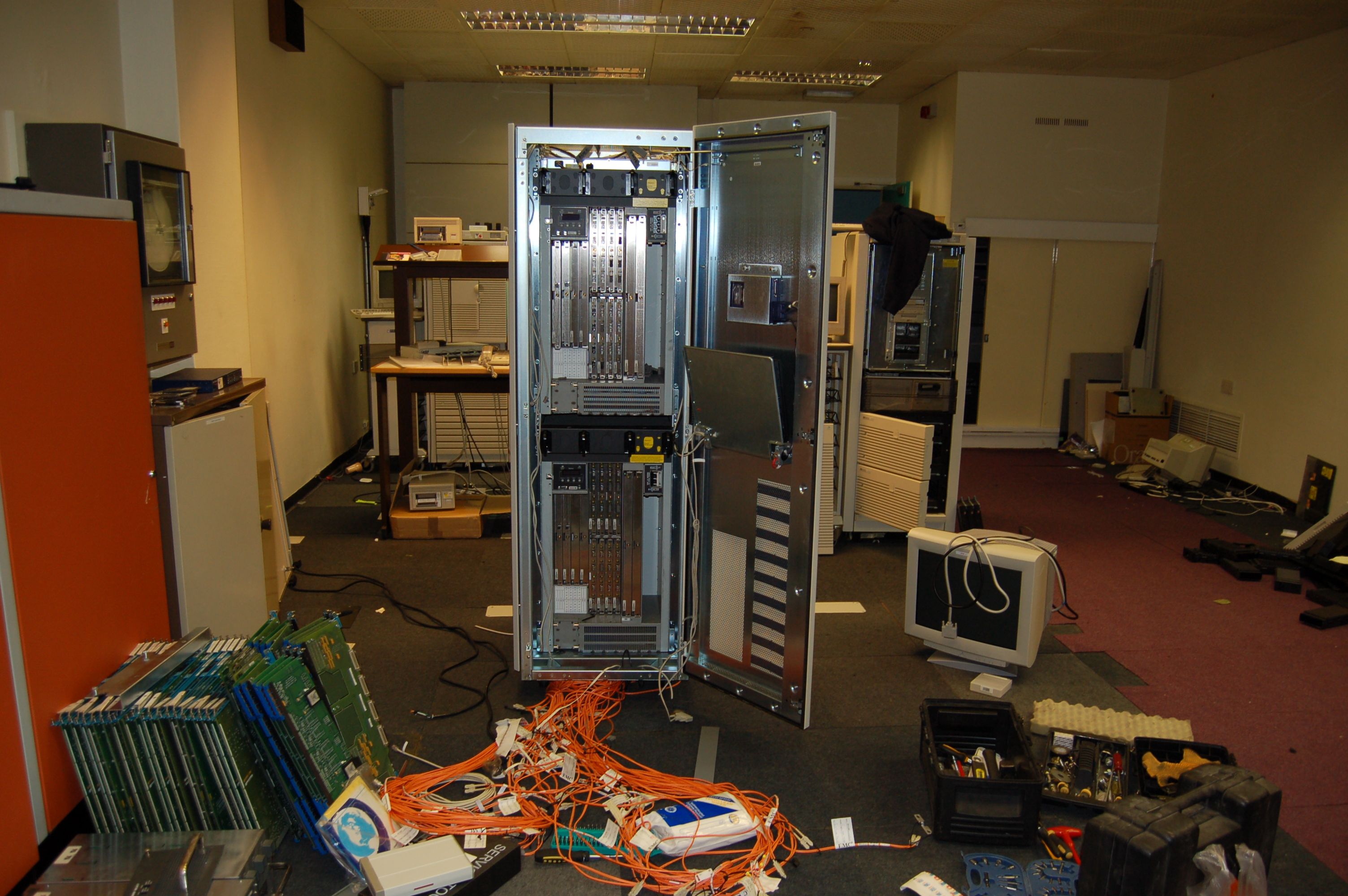The pandemic impacted things in many different ways, one of the requirements for the arresting the spread of the disease was what was quaintly termed “Social Distancing”. Effectively this meant a physical separation from people, not so easy in certain environments. This was almost certainly something that most Business Continuity Plans didn’t allow for, take a modern call center – it’s not that easy to Socially Distance and maintain functionality.
From the couple of examples that I’m aware of, there was a bit of a mad panic once it became clear that what measures were going to be put in place. The Business Continuity Plans as they say didn’t allow for the Zombie Apocalypse.
One of the things about a BCP is that there always has to be an element of doubt, how many scenarios do you build into the plan? In the event of something like the pandemic, there comes a point where the plan just becomes meaningless and the business has to rely on the people and their resourcefulness. Unless of course your Business Continuity Plan rivals Encyclopedia Britannica in it’s content and complexity, along with suitable indexing.
If we take as an example a large business with a customer facing call canter, there are some interesting anomalies that have to be considered. The technology makes it relatively easy for the call center staff to work from home, but the technology is usually on a desk in the call center and the people go to it to work.
Many of these staff will not have suitable technology at home to allow them to work, the IT team may not be unduly happy about having many strange and unknown devices attaching to the corporate network – even through a VPN or Web interface. Just these two points create a number of logistical problems;
- Where do we get enough equipment for all the call center people at short notice – given that in most call centers the seats are used by more than one person?
- How do we build, configure and test it with reduced IT resource? Can we plug the gap by stripping the equipment out of the existing call center?
- How do we get it to the people who need it – the logistics of shipping possibly several hundred systems to peoples homes?
- How do we implement a suitable support and training system, given that the IT resource is also handicapped by the conditions imposed as a result of the pandemic?
These are just a few of the obstacles that many IT Managers and their teams faced, I’m sure in some cases the response to the above would be to run around like your hair was on fire – but feel duty bound to point out that there are definite failings in that approach. On the other hand, most people would do what they could initially and then catch up with business requirements as quickly as things allowed.
Anyone who did manage to keep a customer facing call center fully operational without interruption deserves some recognition for that, they have done well in this set of circumstances. But I’m pretty sure that it was down to the people and their abilities, not the Business Continuity Plan – up to April 2020 I’d bet there were very few plans that covered a pandemic.
It should also be noted that all aspects of a business were impacted, from the most senior management all the way to the lower levels of the organisation. It wasn’t as if a Disaster Recovery Plan could pull you out of this hole, this impacted everything – as stated earlier not something that could have been easily foreseen by anyone.
So if your Business Continuity Plan was fit for purpose, give yourself a pat on the back. If it fell short in some respects, then time to revise and get together with your staff and draw up a more suitable plan. To date, Covid-19 has killed 1/10th of the people that Spanish Flu killed – it could have been much worse.
